Is There a Greater Percentage of Blueeyed People in Scandanavia
Revealed! The truths and the myths of widely-held views about Scandinavian people.
What comes into your mind when you hear the word Scandinavia? A region full of blonde-haired blue eyed happy people, hiking in the mountains and eating fish while they count their mountains of money?
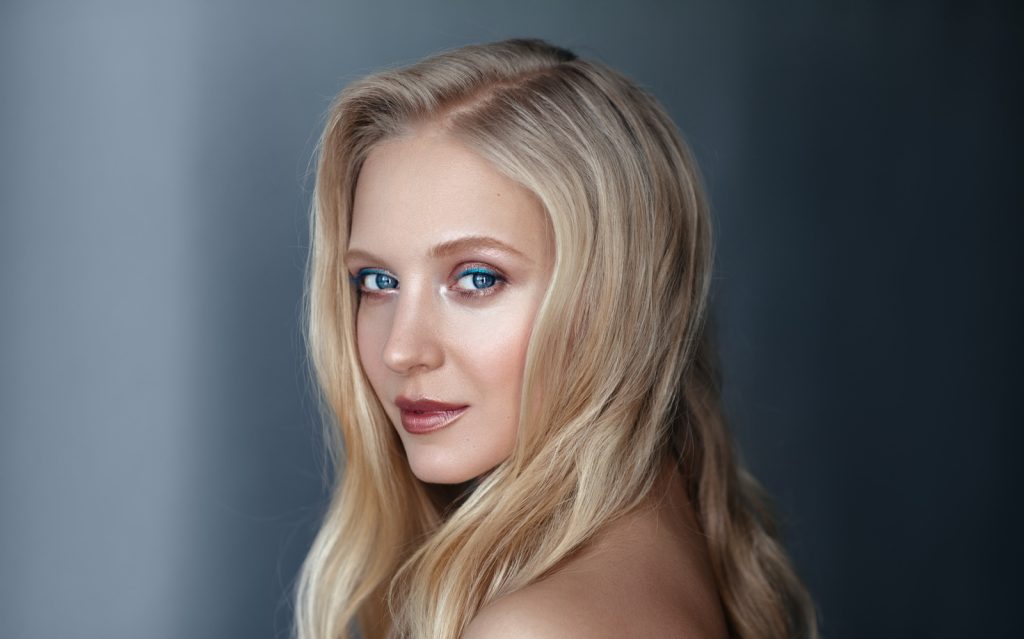
Is your view of the Nordic people defined from experience? Or is it defined by things your parents told you, or what you've seen in the media or read online?
Judging by the content of the emails we receive here at Life in Norway HQ, we know that many people's perception of Scandinavia and Scandinavians is wildly inaccurate! So, let's put that right.
Let's take a look in detail at some of the most common perceptions of people from this fascinating region.
A question of perspective
Stereotyping of Scandinavian people differs greatly depending on your perspective. Most foreign generalisations of the region's people paint them as wealthy, rational, and perhaps even boring, with very little differences seen between the three nationalities.
Yet step inside the region, and you'll be surprised. Norwegian stereotypes about the Swedes and Danes are just as strong as the external perspectives of Scandinavians in general, and the same holds true from the perspective of the Swedes and Danes.
Scandinavian jokes
Scandinavian jokes featuring "the Swede, the Dane and the Norwegian" are commonplace in schools. As depicted in this excellent long-running web comic, the typical Swede is seen as rich, arrogant, and tech-savvy.
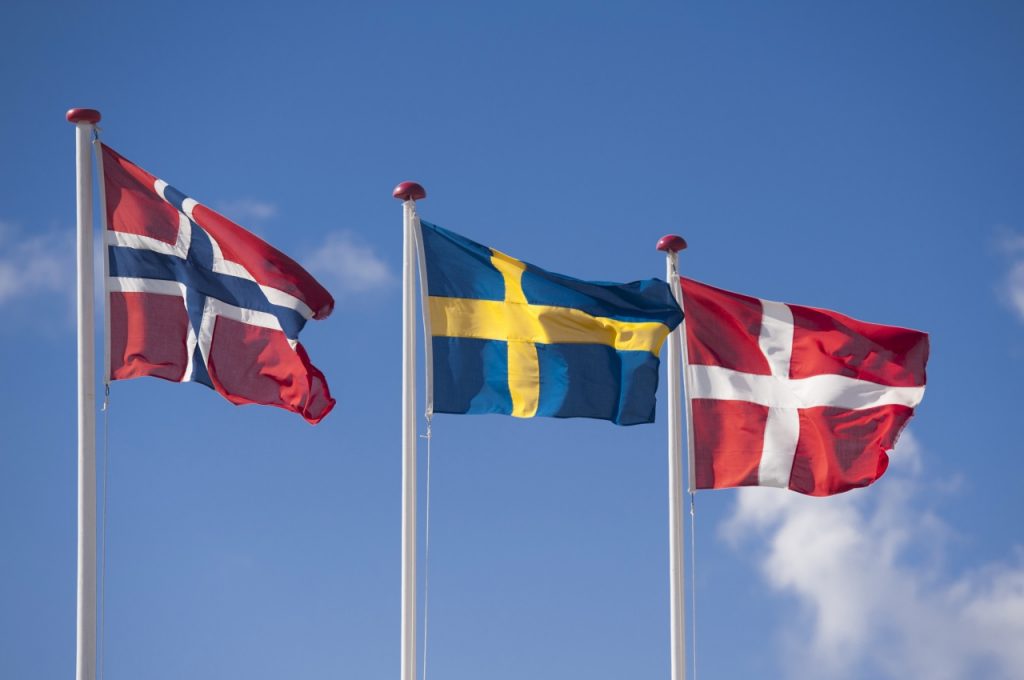
The typical Dane is usually seen as a slightly decadent hedonist, with a can of beer never far from reach. The typical Norwegian is shown to be an uneducated jumper-wearing country bumpkin, always with a fish close at hand.
It should come as no surprise really. It's impossible to discuss the history of one without mentioning the others within a couple of sentences. There were political unions, wars, and contested boundaries in the region throughout the Middle Ages.
Although this article deals with stereotypes from a global perspective, it's important to remember this, especially when you get into a conversation with a local!
Read more: Stereotypes About Nordic Men
Now, it's time to get back to a global perspective. let's take a closer look at some of the most popular Scandinavian stereotypes. Which ones are true, and which ones are myths? Let's find out!
Blonde hair, blue eyes
Perhaps the most popular stereotype about the region's population is that everyone – men and women – is blonde-haired and blue-eyed. This is perhaps the biggest myth of them all!
It is true that the percentage of blonde-haired people is a little higher in Scandinavia than in the rest of the world, but it is a long way from being a majority.
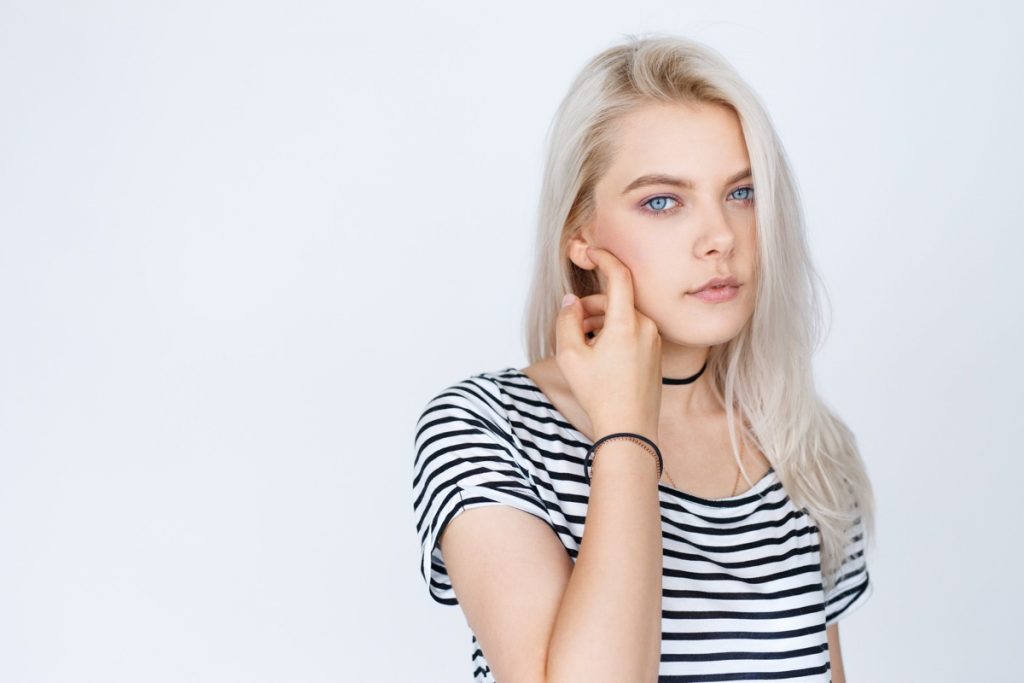
Like elsewhere in Europe, Norwegians, Danes and Swedes have a range of hair and eye colours. There are two theories as to why many Scandinavians have blonde hair.
One popular theory is it was caused by genetic mutations as a result of the lack of sunlight once humans began to spread north. Another more controversial theory has it that blonde hair began to develop in Scandinavia as a result of sexual selection, as it was deemed more attractive.
Whatever the truth, it's thought likely that the Viking travels from the late eighth century onwards is what helped to spread the distinctive hair colour throughout Europe. So if you're blonde on top, you may have the Vikings to thank for it!
They're all socialists
The Nordic model is perhaps one of the most misunderstood economic systems in the world.
Far from being socialists states, the three Scandinavian countries are in fact principally free market capitalist economies. What defines the Nordic model is the comprehensive welfare state and collective bargaining layered on top.
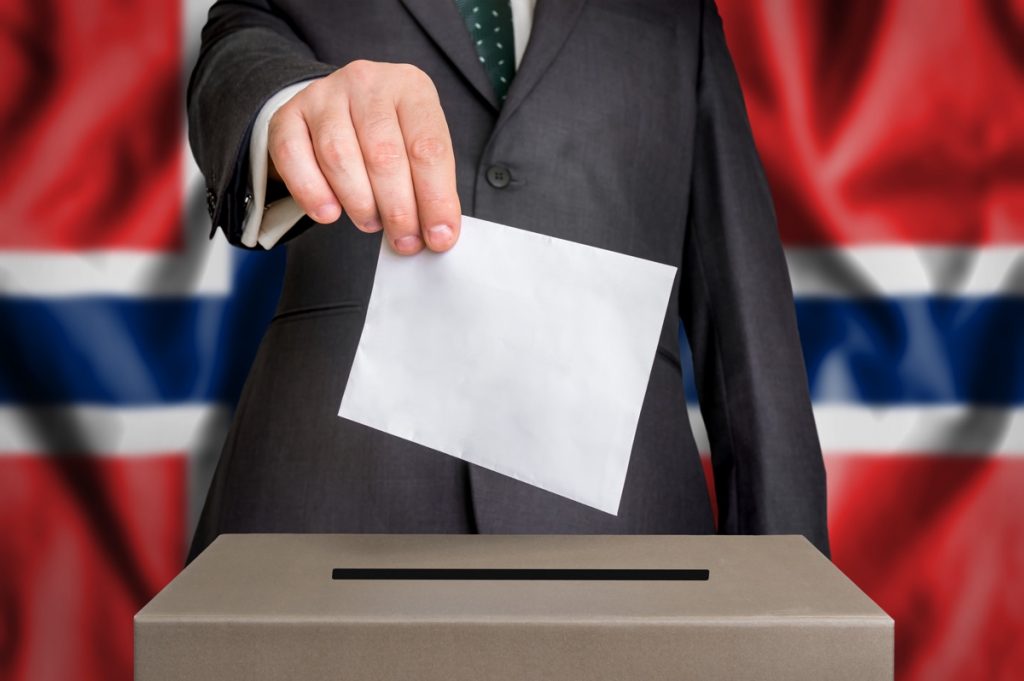
As for politics, from 2013-2017 Norway had a ruling centre-right coalition, which was re-elected (albeit with some additional support from the centrist Liberal party) through until 2021. Assuming the government stays functional, that will be eight full years without left wing representation at the highest level of Government.
In Sweden, a coalition led by the Social Democrats has been in power since 2014, but it is one of the weakest minority governments in the country's history. Since 2015, the Prime Minister of Denmark has been Lars Løkke Rasmussen, the leader of the centre-right Venstre party.
The people are rude
This one divides opinion, and with good reason! Many academic studies have been done into Nordic behavioural patterns, and the results are fascinating.
Read more: How To Be Polite In Norway
While we're not going to dive into detail here, the results can be easily summarised as a cultural misunderstanding. Behaviour that Scandinavians perceive as polite – such as not bothering a stranger with small talk – is perceived by some foreigners as standoffish and rude.
A researcher from NHH's Department of Professional and Intercultural Communication finds no support whatsoever for a universal standard of politeness in her studies:
"No, Norwegians are polite. We don't bother other people unnecessarily. We don't ask for help unless we feel we really need to. To us, that's being polite," she explained.
All Scandinavians are wealthy
Norway is a wealthy nation because of oil and gas, whereas the Swedish economy was built on copper and steel. One thing all three countries have in common is that the government, unions, businesses and people, generally speaking, work together for the greater good.
It also depends, of course, on your definition of the word 'wealthy'.

While salaries are relatively high in Scandinavia, so is the cost of living. Every citizen knows there is a safety net there should they lose their job, become unable to work through injury, or fall seriously ill.
Because of the high cost of living, it's normal for both people in a relationship to work. The excellent support for new parents and priority of children in Nordic society means taking time off to have children is not a problem.
So while every individual Scandinavian isn't rich, there are a lot less people struggling to make ends meet than in certain other developed countries. How would that make you reevaluate your relationship with money?
Everyone's house looks like an IKEA showroom
Come on now, IKEA is Swedish after all! In case you were wondering, there are 24 IKEA stores in Sweden, nine in Norway, and five in Denmark.
Scandinavian homes tend to skew smaller than you'd get in the United States, for example. This means no space is wasted and clever storage solutions are utilised wherever possible.
Read more: An Introduction to Scandinavian Design
So while not everyone shops at IKEA, the functional style of furniture made famous by the furniture store is certainly a feature of many Scandinavian homes.
All Scandinavians are happy
Another classic stereotype, albeit with a difference. This one is backed up by data. The Scandinavian nations, and in fact the Nordic countries in general, seem to always rank highly in various quality of life surveys.
Let's take a look at the UN's World Happiness Report. Finland, Denmark, Norway and Iceland ranked first through fourth in the 2019 edition. Sweden ranked seventh. So does that really mean that Scandinavians are the happiest people on earth?
Well, no. Not all researchers agree with the methodology used to establish happiness or quality of life. Of course, it boils down to the definition of happiness.
Some American expats living in the region say that "contentment" is a more appropriate word for how Scandinavians feel about their lives:
"It's an understated emotion stemming from a number of assumptions Norwegians are fortunate to grow up with. These include that people are generally good and can be trusted, and that the government exists to serve its people and will fulfil that purpose," said American expat Audrey Camp, who has lived in Oslo for several years.
Perhaps a more accurate way to put it, is that Scandinavians are the world's least unhappy people!
In summary
Remember those intra-Scandinavian stereotypes we talked about earlier? Let's finish with a joke.
A Norwegian, Swede and a Dane are travelling the ocean, but soon find themselves shipwrecked on a remote island. Just as the three Scandinavians wonder how they will survive, a genie appears and grants each of them a wish. Without a moment's hesitation, the Swede says, "I want to go home to my large bungalow, Volvo, and slick IKEA furniture."
He vanishes, so the Dane says, "I want to go back to my cozy little Copenhagen apartment, to relax on my sofa with my sexy girlfriend and six-pack of beer.
As he too disappears, the Norwegian ponders what to do. Finally, he says, "I'm really lonely now, so I wish for my two friends to come back."
Did you enjoy this article? If so, why not share the love on Pinterest? We've got just the pin for you:
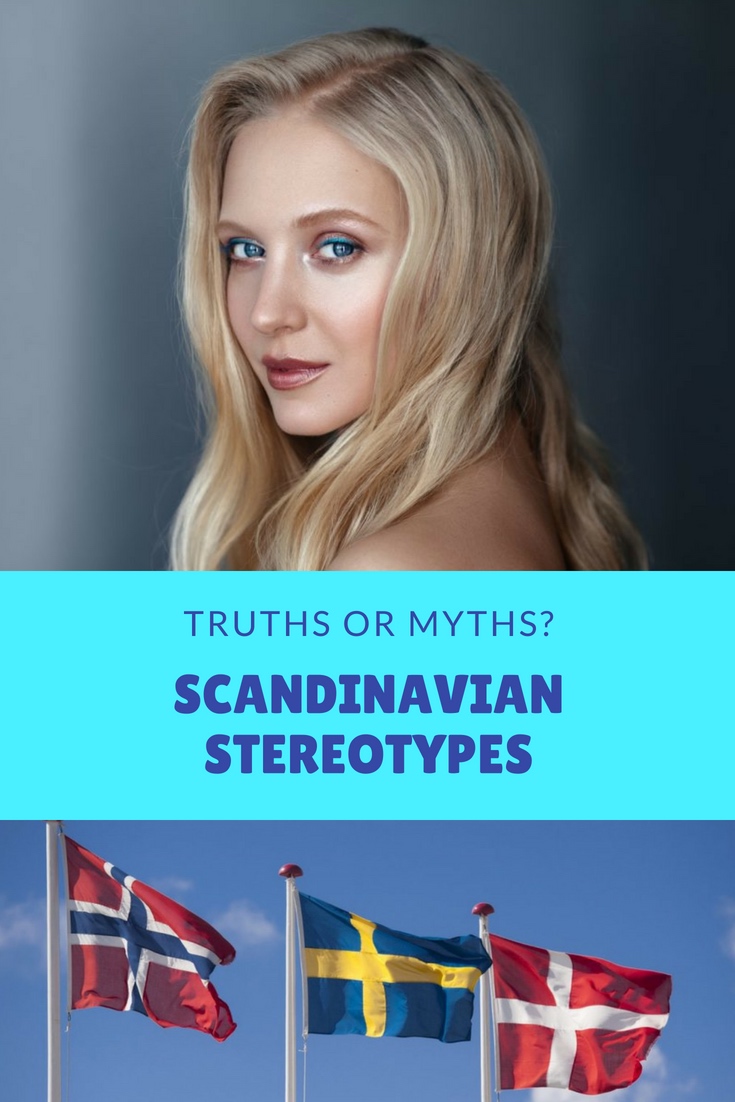
Source: https://www.lifeinnorway.net/scandinavian-stereotypes/
0 Response to "Is There a Greater Percentage of Blueeyed People in Scandanavia"
Post a Comment